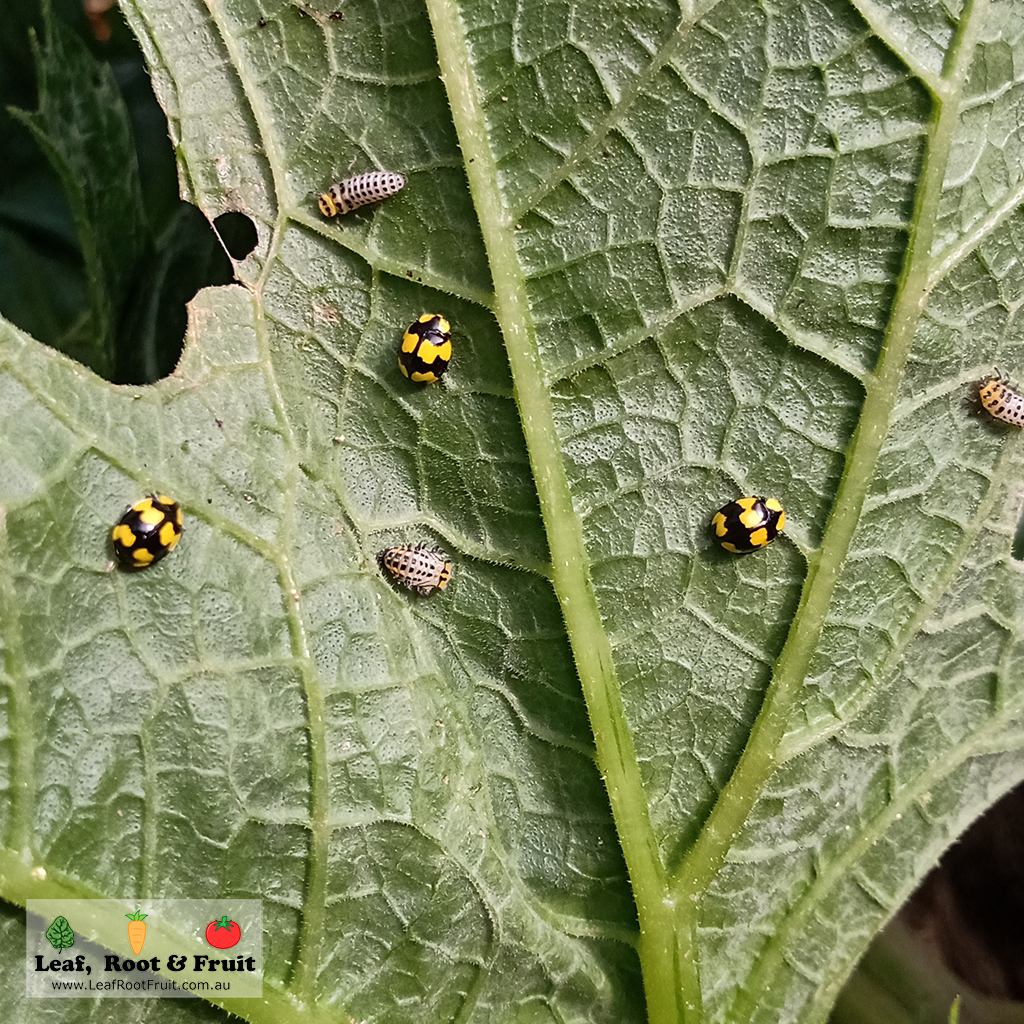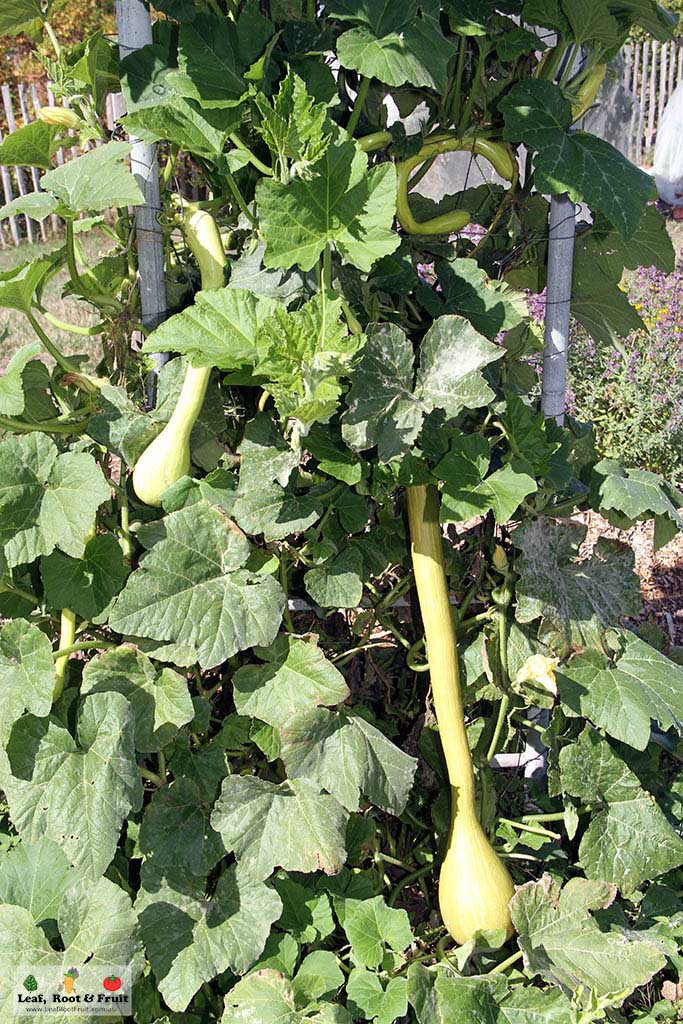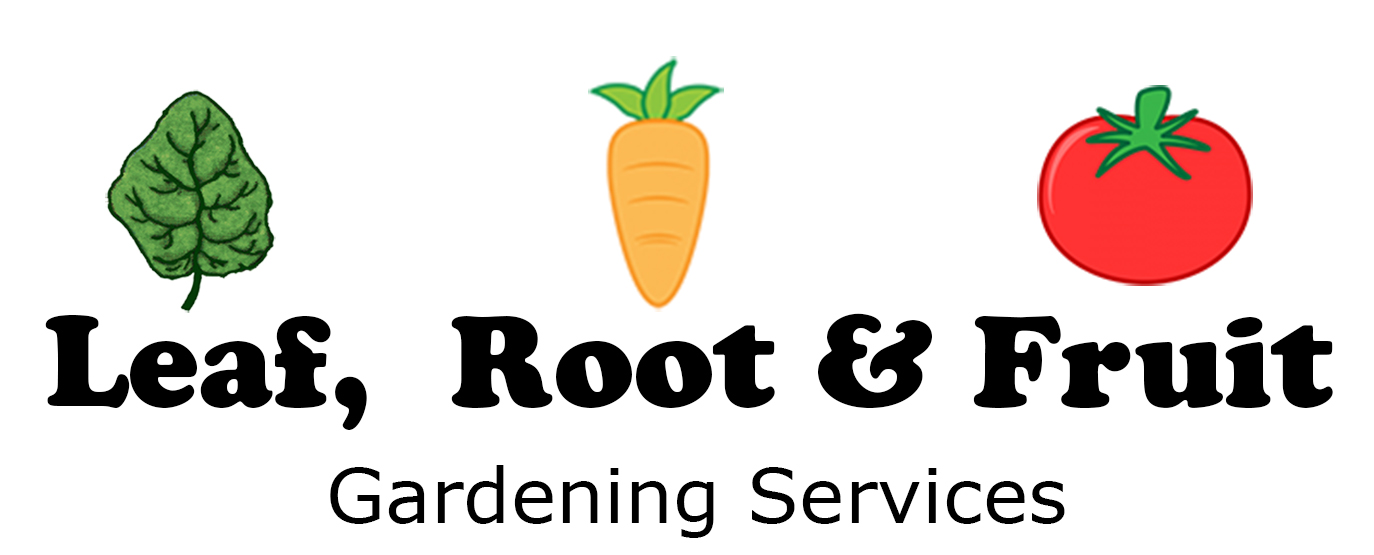
This is the vegetable disease that I am asked about the most. Many vegetable plants are prone to powdery mildew. It is quite common for cucumbers, pumpkins and other cucurbits to show white leaves in autumn. These can soon be followed by the fungus-eating ladybird (Illeis glabula), easily identified by its yellow spots, which eats the fungi.

Powdery mildew is a fungal disease. Most fungal diseases are exacerbated by humid conditions. Typically, I don’t see much powdery mildew occur in central Victoria. Our summers are usually very dry and hot. By comparison, Melbourne is much more humid in summer. Often in February and March I’ll be heading to Melbourne to conduct garden consultations and notice that zucchinis and cucumbers are succumbing to powdery mildew, but not here in central Victoria. My cucurbit plants tend to thrive well into April, when the frost finally kills them off.
Prevention is better than cure
Like most things, prevention is better than cure. Reduce humidity in the garden by encouraging airflow. Avoid watering the leaves of susceptible plants. Instead, concentrate the water onto the soil underneath them.

Genetics plays a big part
Much of your gardening success comes down to the genetics of the plants you are growing. This is very important when considering disease susceptibility. For any given plant disease, some vegetable varieties will be very susceptible and others more resilient.
When it comes to powdery mildew, I find that the most susceptible plants are spaghetti squash. Button squash and zucchini are also quite prone. Zucchini tromboncino seems the most resilient of the cucurbits. It tends to continue thriving for weeks after the pumpkins and zucchini have ceased production.

How to treat plants affected by powdery mildew
Once powdery mildew takes hold there’s not much you can do about it. Some folks advocate for removing affected leaves, or even spraying the leaves with milk. To me, it is usually a sign that the growing season is almost over. It’s time to remove the plants and focus on growing winter vegetables.
It is fine to put affected leaves into the compost or worm farm. The fungus is a naturally occurring pathogen in the garden. So you wont be adding to the fungal load in any significance.


Want to know more about growing vegetables? Check out my comprehensive guide to growing vegetables: The Vegetable Patch from Scratch.


Very useful information, it has helped me in maintaining health in my garden. Your advice on current state of gardening problems has made my tasks easy to encounter them. Thanks
Hi Amrit,
Thanks for the great feedback. Glad you find our advice useful
Good Luck & Happy Gardening!